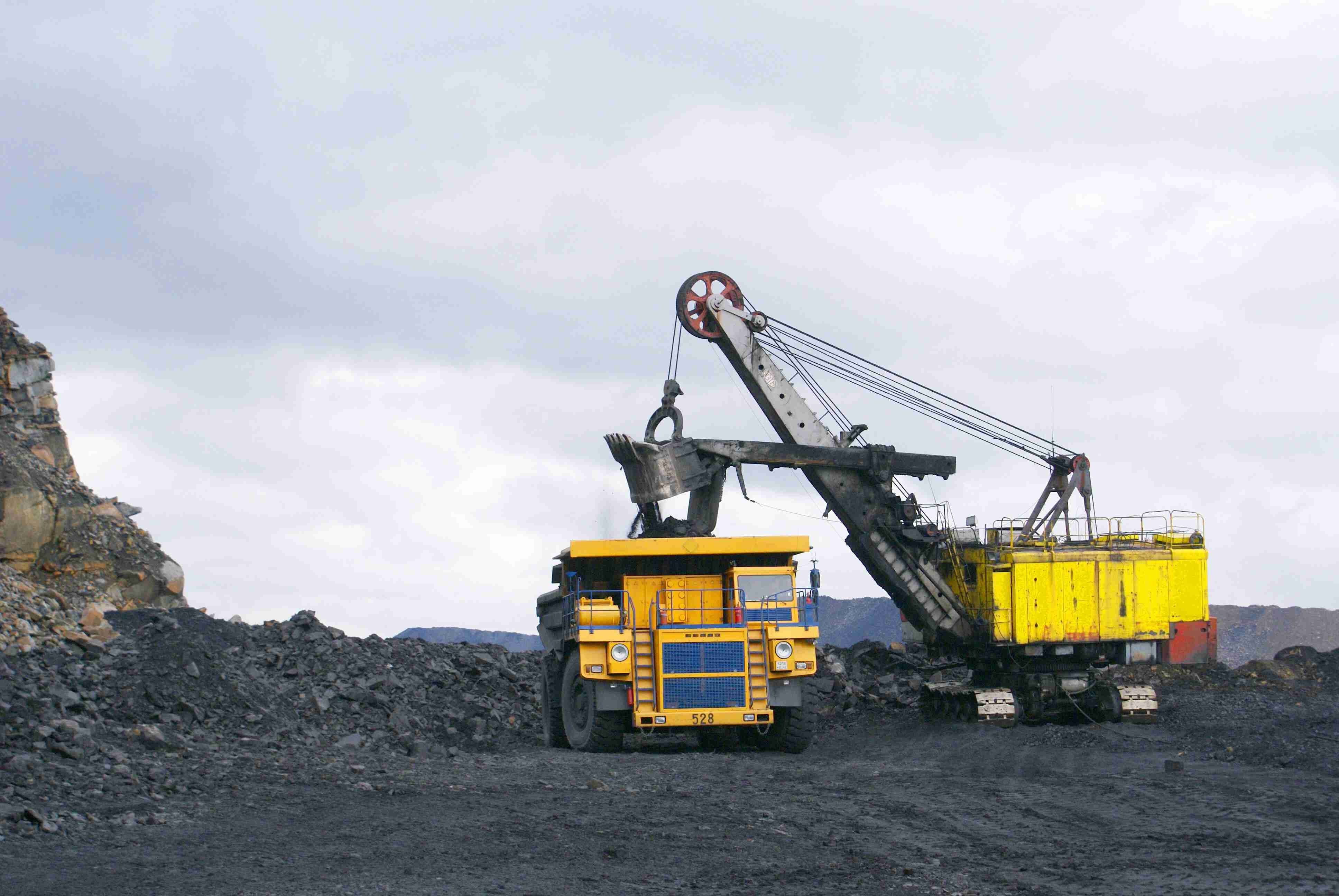Ray of hope
Supreme Court’s recent verdict overturns the injustices inflicted on BLA industries, and presents a new hope for the mining industry in general

The Supreme Court did not sugarcoat things when it blatantly called out the Government for having a "callous, careless, and casual approach" when it ruled on one of the coal block allocation cases. The Supreme Court bench imposed a fine of Rs 1 lakh on the Central Government for unfairly putting BLA Industries Private Limited on a list of illegal allottees and then unlawfully putting the company on a list of people who had to pay fines. The implication of the case also involved taking away the coal mining lease that was legally given to BLA Industries, all because of a lack of judgment on the Government's part!
BLA Industries had lawfully followed the correct procedures by approaching the state government of Madhya Pradesh, seeking to obtain a mining lease. It was granted the lease under the Mines and Mineral (Development and Regulation) Act, 1957 (MMDR Act). But the Central Government had wrongly put BLA Industries on the list of 46 coal blocks that were presented to the Supreme Court. Because of this error, the company's mining lease was taken away by the Supreme Court in 2014. Stating its disagreement with the Government's action, the Supreme Court said, "As a result of this callous, careless, and casual approach of respondent no. 1 – UOI, the present petitioner had to suffer loss and ignominy. Therefore, litigation costs quantified at Rs 1 lakh shall be paid by respondent No.1 – UOI to the petitioner within four weeks."
The Government had also filed a contempt petition against BLA Industries for the non-payment of the levy. The Supreme Court dismissed the contempt petition calling it 'meritless.' For a company to encounter such a wrongful action against it from none other than the country's Government, we can only imagine the financial distress and the irreparable image dent it must have faced. And needless to say, it is dreadful for a government authority with such massive power to have falsified such sensitive information against companies and individuals that contributed and/or continue to contribute to India's growth story.
Back in 2011, the Government had sought audit reports by the then Comptroller and Auditor General (CAG), Vinod Rai, regarding two main concerns:
⁕ Allocation of coal blocks
⁕ Augmentation of coal production
In response, Rai presented the "Report of the Comptroller and Auditor General of India on Allocation of Coal Blocks and Augmentation of Coal Production." The CAG report also supported competitive bidding for allocating coal blocks. After that, the report followed a bunch of baseless and uninformed calculations that were far from the practicalities of the mining industry.
The CAG reported financial gains of approx. Rs 1.86 lakh crores that private coal block allottees would have accrued due to the lack of a formal bidding process. The numbers were apparently driven based on the average cost of production and an average sale price of open cast mines of CIL in 2010-11. The CAG estimated reserves of 6.2 billion and an inflated margin of Rs 295/tonne leading to a product of Rs 1.86 lakh crore (6.2 billion reserves x Rs 295 per tonne = Rs 1.86 lakh crore.) Now, let's understand the reality!
Based on sheer common sense, would 100 per cent of the estimated reserves of the 218 captive coal blocks be entirely mined over 30 long years? Of course not! For those who do not know about the coal mining industry, it's not easy! In fact, out of 218 blocks, only 40 were operational, and even these facts did not give the CAG enough clarity for them to conclude the complexity of the industry.
Moreover, their highly optimistic margins of Rs 295/tonne were also groundless as Coal India Limited's annual reports for 1993-2010 clearly showed that their margins had been significantly lower than Rs 295/tonne. So in terms of technicalities, too, they missed out quite a bit – the coal's price, grade, and cost of production. Since the comparative prices of low-grade coal mined by the private sector had ranged between Rs 183-570 over the previous 20 years, Rs 295/tonne was perhaps an arbitrary figure, massively misrepresenting the true face of the hardships of mining players.
As a matter of fact, following the data in the report, many companies were forced to pay the additional levy of Rs 295/tonne. These companies include Punjab State Electricity Board (PSEB), West Bengal State Electricity Board (WSEB), Calcutta Electricity Supply Corporation (CESC), Jindal Steel and Power Limited (JSPL), and Hindalco.
What's worse is that the report was further blown out of proportion by the CAG and presented to the general public through a press conference with the media. What happened to delivering such sensitive reports in the Parliament? Needless to say, the public was made to develop an utterly contrasting perception of the actualities of the mining industry and what the players involved in these cases faced.
Keeping aside the wrongdoings of the CAG for a moment, it is still understandable to have certain expectations from the learned Attorney General. But maybe the expectations weren't well-fitting because even a person of that prestige fell prey to big numbers and complex calculations, even if those numbers weren't backed by legit assumptions.
And today, even though many years have passed since the ghastly verdicts and wide-of-the-mark interpretations of the CAG report, these incidents and rulings will permanently negatively mark the ruling Government. And the saddest part is that the country's progress will always bear the impact of hampering the industrial and core manufacturing outputs from the mining industry.
The writer is the Assistant Editor, Millennium Post. Views expressed are personal. [email protected]



